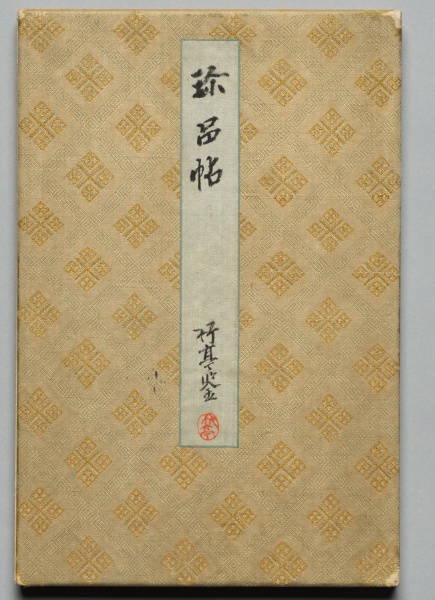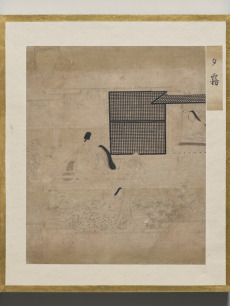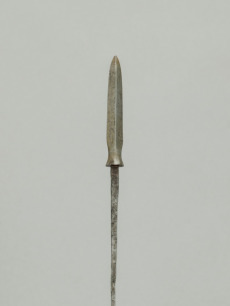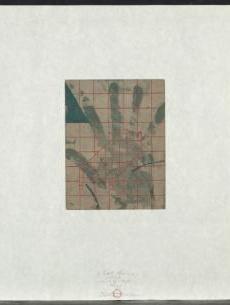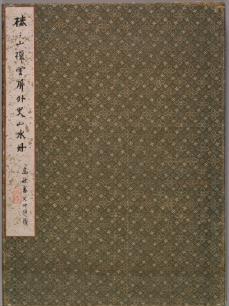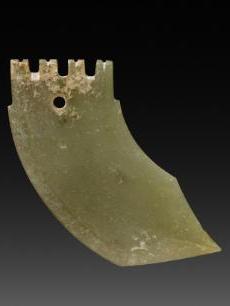Description
This is the first of two albums boxed together with an external title reading Famous Early Modern Calligraphers and Painters. It begins with a lengthy inscription in Chinese by the Japanese artist Rai Sanyō (1780–1832) dated to 1817, and concludes with another, undated, by Tanomura Chikuden (1777–1835). In between, there are undated poems in Chinese by other Japanese artists, Nukina Kaioku (1778–1863), Rai Shunpū (1753–1825), Rai Kyōhei (1756–1834), and Kan Sazan (1748–1827), as well as paintings by Okada Hankō (1782–1845), Totoki Baigai (1749-1804), Nakabayashi Chikutō (1776-1853), Uragami Shunkin (1779-1846), Watanabe Kazan (1793-1841), Tsubaki Chinzan (1801-1854), and Nukina Kaikoku. While most of the paintings are not dated, those that are indicate that the group was painted over a large span of time, rather than on a single occasion. Nakabayashi Chikutō’s Chinese hermit treads a waterfall-dominated landscape dated 1808, while Nukina Kaikoku’s solitary Chinese boatman beneath a flock of geese is from 1849. The paintings are landscapes or floral images and follow recognizable Chinese brush methods transmitted to Japan through a variety of methods including printed manuals. The plants have symbolic meanings, sometimes related to their names in Chinese, which may be homonyms for terms like success or achievement. They often recall human qualities or desires, such as hardiness or longevity. The calligraphers and painters whose works are represented in the album were all deeply interested in Chinese culture. They were especially attracted to the idea they found in Chinese society of a community of educated friends who shared works in prose, poetry, and painting among one another through correspondence or gatherings. The ideal was a group who were not professional artists, creating works for clients, but a group who produced works to nurture friendships and cultivate their own minds. The cover of the album has a title slip reading Album of Precious Works, and is signed Chikutei Fu or Kan (竹𠅘釡 or possibly a much abbreviated 鍳), with a round, red seal reading Chikutei. This is a pseudonym used most likely by a Japanese person interested in calligraphy composed in Chinese and paintings with Chinese styles and themes. The name evokes a pavilion set in a bamboo grove, an image strongly associated with China in Japan. It is also likely that this person assembled the works into the album. Pseudonyms of this type were and continue to be used by those engaged in cultural pursuits such as poetry composition, painting, and collecting art. Having such a name takes one out of the normal business of life, and transports one to a space of creativity and aesthetic appreciation.